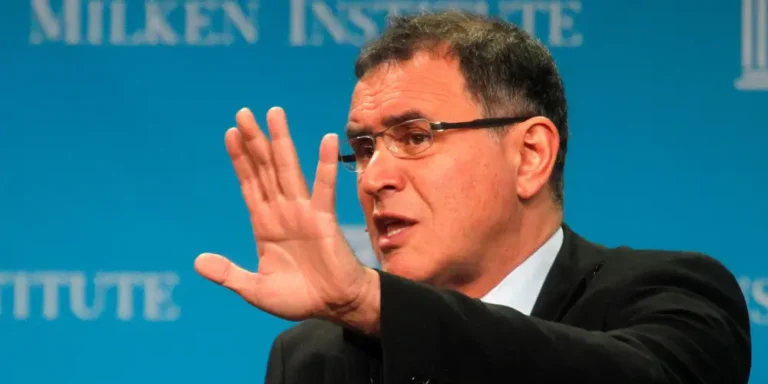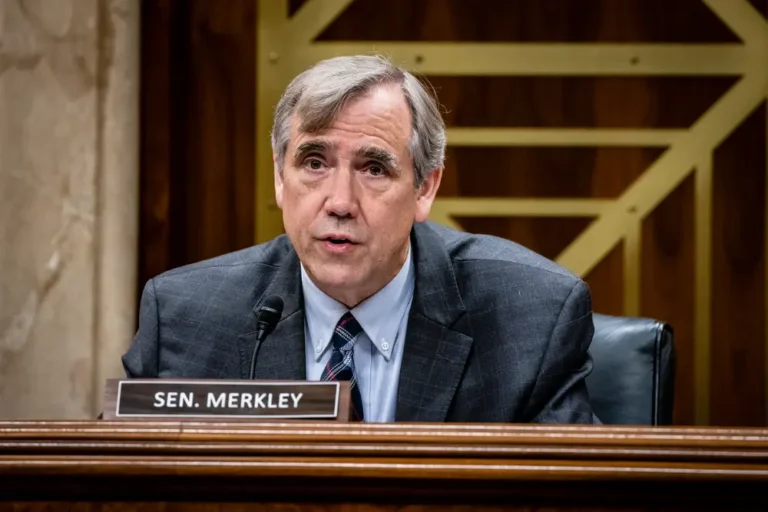Americans are quitting their jobs at the lowest rate in years. It’s making it harder to get raises and promotions.
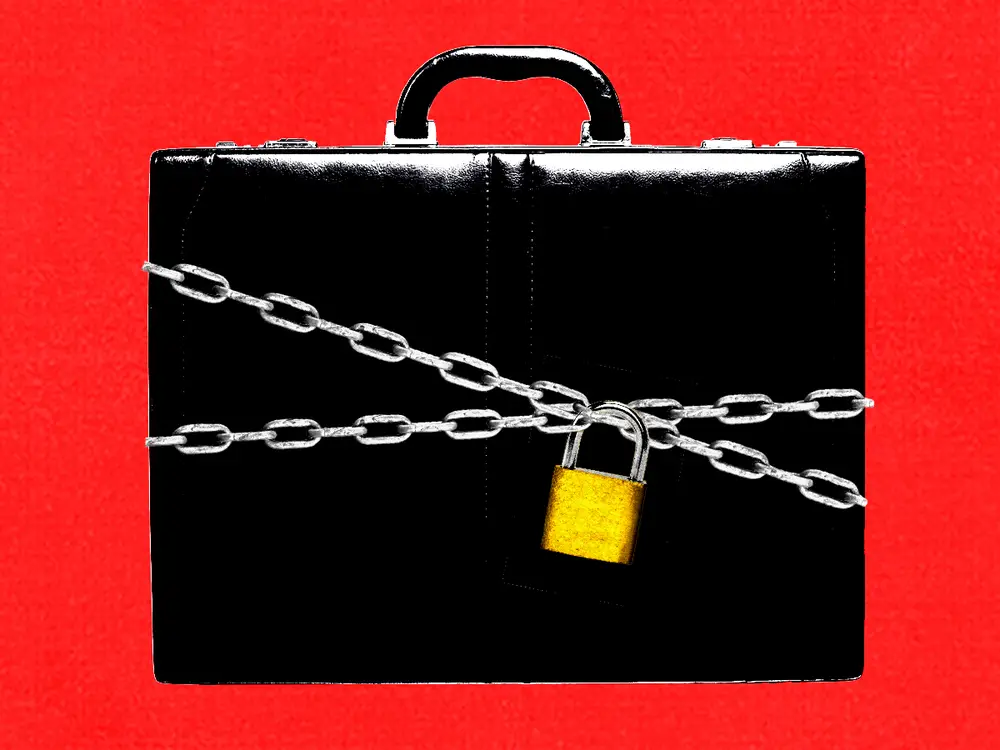
The plummeting quits rate isn’t because everyone’s recently become satisfied with their jobs and pay.
In 2021 and 2022, Americans quit their jobs at the highest rates since data collection began in 2000. Many were well rewarded with raises, promotions, and perks like college tuition assistance.
But times have changed — and workers who quit now must grapple with the impacts on their salaries and career paths. In August, US workers quit their jobs at the lowest rate since 2015, excluding a pandemic-related dip in April 2020.
The plummeting quits rate isn’t because everyone’s recently become satisfied with their jobs and pay.
“The quit rate continues to decline because hiring continues to decline,” Kory Kantenga, head of economics, Americas at LinkedIn, told B-17.
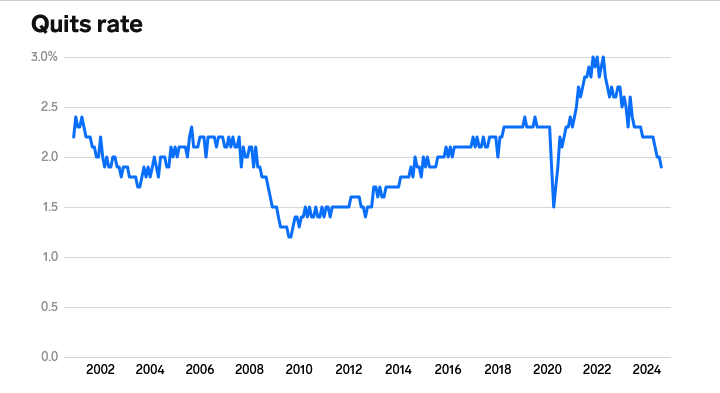
Americans looking for new roles are facing a much more competitive job market than they were two years ago. Excluding a two-month pandemic-related dip in 2020, US businesses are hiring at the lowest rate since 2013. The number of job applicants per open role on LinkedIn has increased to 2.5 from 1.5 in 2022, according to the job platform. The Federal Reserve’s interest-rate hikes of recent years — which helped slow inflation — are among the reasons hiring has slowed. The current hiring landscape isn’t only making it harder for dissatisfied workers to change jobs: It’s blocking one of Americans’ best pathways to higher pay and career advancement.
“While quitting often has a negative connotation, it is an important part of workers’ career advancement and personal income growth,” Cory Stahle, an economist at the job platform Indeed, told B-17.
It’s getting harder for some workers to get a raise or promotion
Stahle said that wage growth tends to be higher for workers who switch jobs than for those who stay — and that a labor market with fewer quits is likely to lead to “smaller pay increases across the board.”
However, the hiring slowdown has made job switching less profitable. The wage growth gap between job switchers and stayers has narrowed since the start of this year.
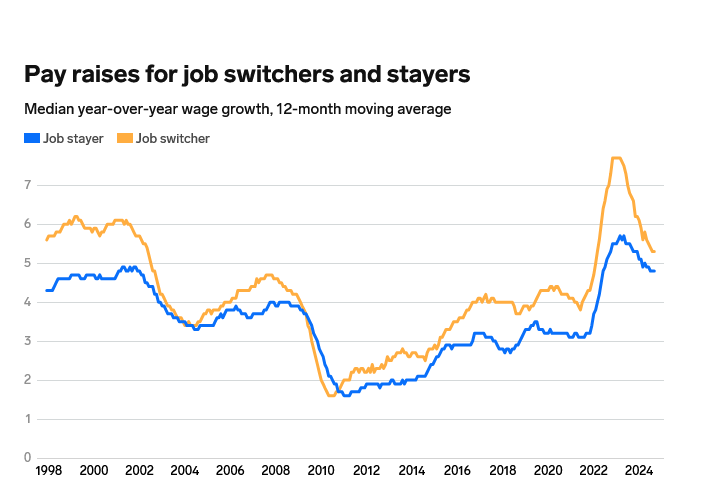
The decline in quitting has also made it harder for some workers to advance in their careers. When an employee leaves a job, it can create an opening to be filled — sometimes through a promotion for another person. In a survey conducted earlier this year by Mercer, an HR consulting firm, companies reported that they expect to promote about 8% of employees this year — down from 10% in 2023.
Additionally, slumping quit rates have made it easier for some companies to reduce employee perks like remote work. For example, workers might not like their employer’s return-to-office mandate, but if they can’t find another job, they might be more likely to tolerate the change.
“Fewer quits shifts leverage back to employers and reduces pressure to take steps to retain workers through means like pay increases and offering flexible work arrangements,” Kantenga said, adding, “Many businesses no longer have to compete as hard for certain workers now that retention is higher.”
We want to hear from you. Are you struggling to find a job and comfortable sharing your story with a reporter? Please fill out this form.
To be sure, by some measures, many Americans are satisfied with their jobs and have no desire to quit. Per a survey of nearly 1,700 working adults conducted last November by the Conference Board, 62.7% of respondents were satisfied with their jobs.
Additionally, quitting doesn’t always work out for job-switchers, and many workers are able to find the pay and promotions they’re looking for without switching jobs. For businesses, higher employee retention rates can also boost productivity.
The good news for workers is that the hiring slowdown hasn’t been accompanied by a significant uptick in layoffs. While many eager job-switchers might feel stuck, they can count on a paycheck.
Kantenga and Stahle were unsure of when the quits rate would pick up — and when workers would be better positioned to push for higher wages and promotions. The Fed has begun to cut interest rates, and some experts are optimistic the US will avoid a near-term recession. Both of these factors could eventually encourage more businesses to hire.
But if hiring slows further, job-switching could become even more difficult.
“If we continue to see hiring slow in the face of economic headwinds like tight monetary policy, then quits will follow and continue to slow as well,” Kantenga said

